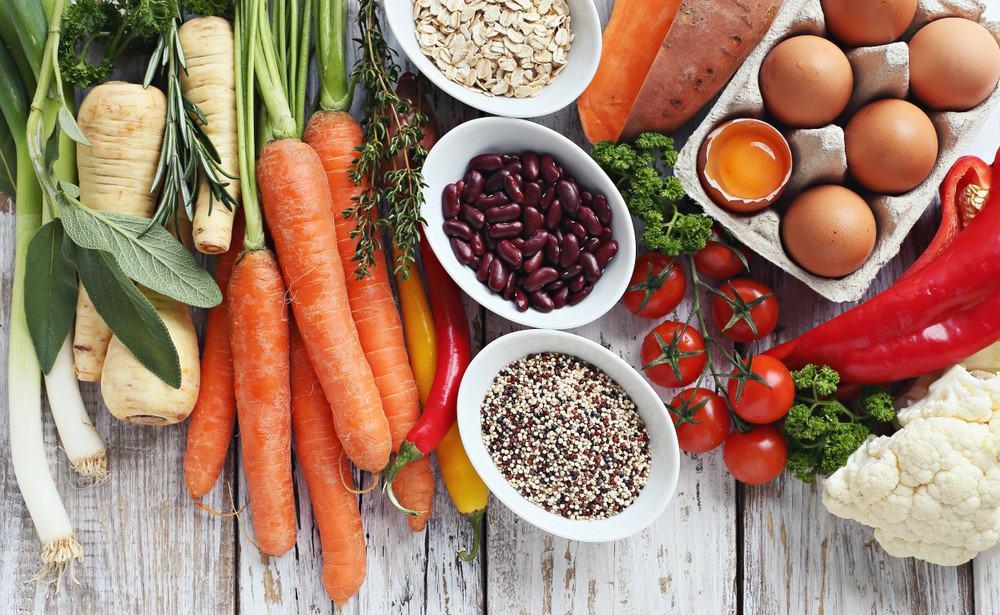The functional food market involves food products that provide the physiological benefits in addition to their basic nutritional values. Functional foods contain nutrients like vitamins and minerals along with probiotics, prebiotics, amino acids and/or omega-3 fatty acids that help support specific body functions and minimize the risk of diseases. Examples include fortified dairy products, infant formulae, sports and energy bars, and enriched breakfast cereals. Functional foods are becoming increasingly popular as more consumers take a proactive approach to healthcare and look for foods that can deliver extra health benefits.
The global functional food market is estimated to be valued at US$ 235.27 Mn in 2023 and is expected to exhibit a CAGR of 7.4% over the forecast period 2023 to 2031, as highlighted in a new report published by Coherent Market Insights.
Market Dynamics:
The functional food market is witnessing high growth owing to growing health awareness among consumers. As consumers are increasingly concerned about the linkage between diet and health, they are gradually shifting towards functional foods for an added health advantage. This emerging trend is primarily driven by changing lifestyles, an aging population, and focus on preventive healthcare. The market is further fueled by growing adoption of fortified and enriched foods by millennial parents looking to provide optimal nutrition to their children. However, high production costs associated with functional foods could restraint the market growth to some extent over the forecast period. Nevertheless, growing research and development activities geared towards incorporating novel ingredients like probiotics will continue creating more opportunities for functional food manufacturers.
SWOT Analysis
Strength: Functional foods offer health benefits beyond basic nutrition. They can help reduce the risk of chronic diseases. Many functional foods contain probiotics, antioxidants, fiber, plant stanols and other nutrients that support digestive health, heart health and immune function. There is increasing demand for functional, fortified and medical foods.
Weakness: Not all functional foods have proven health claims. Many are not backed by strong scientific research. Depending on the ingredients, some functional foods come at a higher price point compared to regular foods. This limits their mass appeal and adoption.
Opportunity: Populations worldwide are aging rapidly. This allows opportunities to formulate foods aimed at specific health issues common in older consumers like brain health, joint health etc. Lifestyle diseases are on the rise which increases scope for foods targeting conditions like diabetes, obesity. Developing economies offer scope as their diets become more westernized.
Threats: Stricter regulations on health claims and new product approvals can potentially delay products reaching the market. Many emerging startups face threat from larger companies with bigger R&D and marketing budgets entering the space. Changing consumer preferences also challenge long term growth plans.
Key Takeaways
The Global Functional Food Market Size is expected to witness high growth over the forecast period owing to rising health consciousness among consumers and growing burden of lifestyle diseases. The global functional food market is estimated to be valued at US$ 235.27 Mn in 2023 and is expected to exhibit a CAGR of 7.4% over the forecast period 2023 to 2031.
The Asia Pacific region currently dominates the market and is expected to maintain its lead due to rising incomes, changing diets, growing elder population in counties like China and India. Japan, South Korea are also major regional markets for functional foods. Countries like China, Japan and South Korea have a large health-conscious middle class driving demand for foods containing ingredients like prebiotics, proteins and vitamins. The high economic growth rates in developing Asian markets also allow greater affordability and adoption of these value-added foods.
Key players operating in the functional food market are F Hoffmann-La R R+A1037:A1082oche, BASF, Unilever, PepsiCo, Kellogg Co., Nestle and Danone. These companies utilise strategies like acquisitions, new product launches and expansions to consolidate their market position. For example, in 2023, PepsiCo launched oat milk yogurts and oat-based creamers under brands like Quaker to expand its plant-based offerings.
Get more insights on this topic:
https://www.rapidwebwire.com/functional-food-market-demand/
